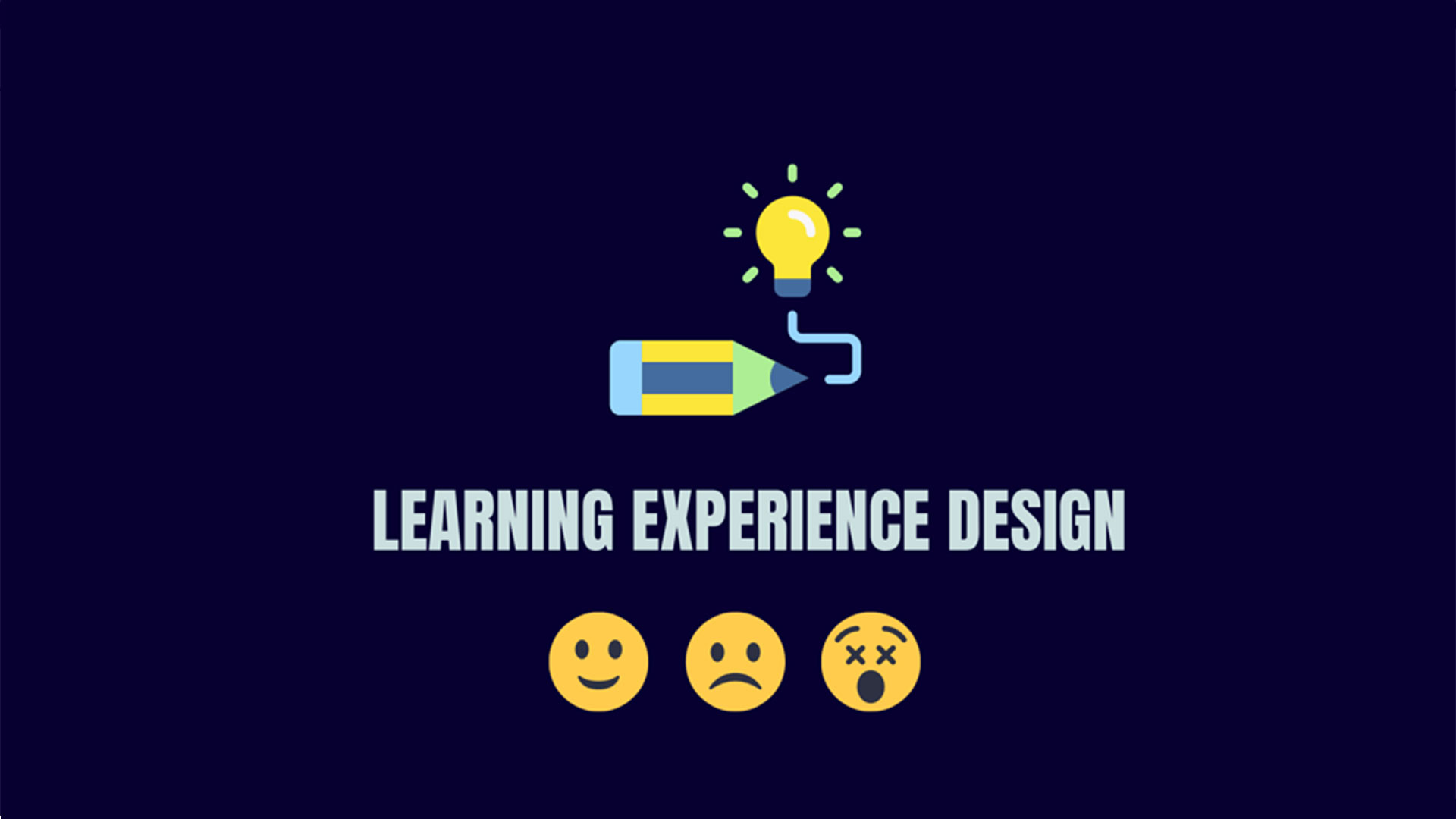What Is Learner Experience Design (LXD), And Why Is It Such A Big Deal?
Learner Experience Design is all about putting the learner at the center of any learning experience. It’s a holistic approach to designing learner-centered experiences and meeting their needs.
Text by Metaxas Gamvrelis · CEO - Cofounder of AskPhoenix
Learner Experience Design is everything we do as language teachers to enhance the learning experience in our classrooms and the spaces created outside the classroom where learning takes place. LXD means focusing on your learners’ goals and aspirations. It means improving communications and ensuring that everything you’re doing brings value to their lives. It doesn’t have to be difficult, but it does have to come from a place of empathy.
We know that learning languages is a life skill. That’s why it needs to be fun and engaging. We all know from personal experience how difficult it is to maintain a habit of studying or reading in a foreign language if you’re not engaged.
It’s about seeing through the scope of the learner, not just as a designer, and creating content according to your learners’ needs.
Content is a commodity and no longer King;
UX is King! What is UX?
UX is essentially the combination of all interactions with a product or an interface. But, in terms of training, it’s all the interactions with the learner. Whether face-to-face or via technology, it’s all about the interactions a person has during the training. So if we look at traditional learning and training, most of our emphasis has been on what happens during face-to-face sessions and less on what happens afterward.
Today, the most successful LX designers give students more freedom to express themselves online. They use technology to connect faculty, other students, and real-world experiences that make courses more meaningful to students. These designers build more choices into their systems by giving students more control over their learning journey by using new forms of courseware and adaptive learning tools. By following a choose-your-own-adventure model, customized assignments and activities that ask students to use personal experiences to complete the task. This simple twist in delivery encourages students to be more creative and involved. Courses can be exciting and engaging for students with personalized learning and choice opportunities.
What Problem Does a Learning Experience Seek to Solve?
When it comes to designing for learning, there are a lot of different ways that you can approach the problem. For example, if you lack the knowledge, you might use an instructional video or another form of content to help learners learn. If you lack skill, you might use simulations or games to help learners practice their skills in a low-risk environment. If you lack confidence, they might want to see examples of what others have done to gain that confidence themselves. If someone lacks motivation, they might need some reward system or additional encouragement from their instructor or peers.
Learning is not the same as teaching. Teaching involves the formal transfer of knowledge, skills, and attitudes from one person to another. People acquire knowledge or develop skills without explicitly receiving instruction. Learning is also distinct from training, a somewhat narrower term that refers to developing skills that improve performance on a specific task (e.g., driving a car).
Learning is viewed as being made up of three components:
Knowledge — knowing what you’re talking about
Skill — knowing how to do something
Attitude — knowing how something fits into the world around you
Everyone has their unique perspective on what LXD means to them, but for me, it involves creating learning experiences that learners love.
“Design isn’t just about making things beautiful; it’s also about making things work beautifully.” -Roger Martin, Celebrated Author, Business Consultant, Professor Emeritus at University of Toronto
I hope you enjoyed this article and that it gets you thinking more about how you can put the learner’s needs and experience at the heart of what you do.
